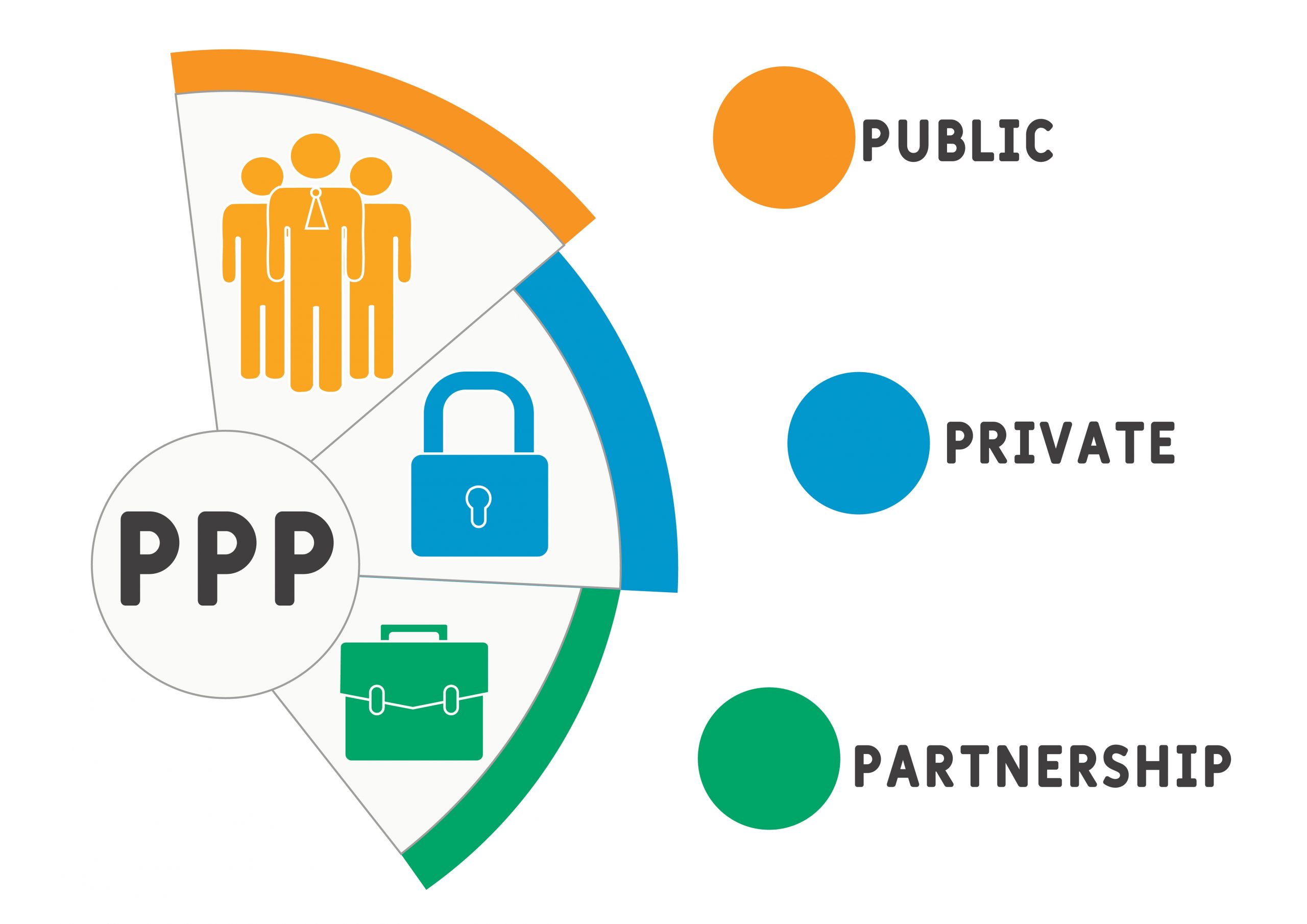Introduction:
In an era of growing infrastructure demands and constrained public budgets, public-private partnerships (PPPs) have emerged as a vital mechanism for financing, developing, and operating critical infrastructure projects around the world. By leveraging the complementary strengths of the public and private sectors, PPPs offer innovative solutions that enhance efficiency, mitigate risk, and accelerate project delivery. In this blog, we delve into the role of PPPs in infrastructure development, exploring their benefits, challenges, and key success factors.
Understanding Public-Private Partnerships (PPPs):
PPPs involve collaboration between government entities and private sector companies to finance, build, operate, and maintain infrastructure assets. Under a PPP arrangement, the public sector typically retains ownership of the infrastructure asset while partnering with a private entity to design, finance, construct, operate, and/or maintain the facility. PPPs can encompass various forms, including concessions, build-operate-transfer (BOT) agreements, and joint ventures, depending on the specific project requirements and objectives.
Benefits of PPPs in Infrastructure Development:
1. Access to Financing: PPPs enable governments to access private sector capital and expertise, leveraging private investment to finance infrastructure projects without placing additional burden on public budgets.
2. Risk Sharing: By transferring certain risks, such as construction, operation, and revenue risk, to the private sector, PPPs help mitigate financial and performance risks for governments, ensuring better allocation of resources and improved project outcomes.
3. Innovation and Efficiency: PPPs foster innovation and efficiency by harnessing the expertise, technology, and management practices of private sector partners, leading to cost savings, improved service delivery, and enhanced project performance.
4. Accelerated Project Delivery: PPPs often result in faster project delivery timelines compared to traditional procurement methods, as private sector entities have strong incentives to meet deadlines and deliver projects on time and within budget.
5. Lifecycle Management: PPPs promote lifecycle management and asset optimization by incentivizing private sector partners to maintain and operate infrastructure assets over the long term, ensuring optimal performance and service quality throughout the asset’s lifecycle.
Challenges and Key Success Factors:
1. Regulatory and Legal Framework: Establishing an enabling regulatory and legal framework is essential for promoting PPPs and ensuring clarity, transparency, and accountability in project procurement, implementation, and governance.
2. Risk Allocation: Effective risk allocation is critical for the success of PPPs, requiring careful assessment and allocation of risks between public and private sector partners to ensure alignment of interests and equitable sharing of risks.
3. Financial Viability: PPP projects must be financially viable and sustainable, with clear revenue streams, cost recovery mechanisms, and risk-sharing arrangements to attract private sector investment and ensure long-term project viability.
4. Stakeholder Engagement: Meaningful stakeholder engagement is essential for building public trust, securing political support, and fostering social acceptance of PPP projects, particularly in sensitive sectors such as healthcare, education, and transportation.
5. Capacity Building: Building institutional capacity and enhancing technical expertise within government agencies are essential for effective PPP implementation, including project appraisal, procurement, contract management, and monitoring and evaluation.
Case Studies of Successful PPP Projects:
1. London Underground PPP: The London Underground PPP involved the privatization of infrastructure maintenance and operations, resulting in improved service quality, reduced costs, and increased investment in infrastructure renewal.
2. Denver International Airport: The Denver International Airport PPP utilized a concession model to finance, design, construct, and operate a new airport terminal, leading to accelerated project delivery and enhanced passenger experience.
3. Highway Concessions in Chile: Chile’s highway concession program has successfully leveraged private sector investment to develop and operate a network of toll roads, expanding transportation access and stimulating economic growth across the country.
Conclusion:





